Encountering issues with your personal underwater propulsion device can be frustrating, especially when you're ready for an aquatic adventure. From batteries that won't hold a charge to motors that refuse to start, many common problems can be resolved with a bit of know-how. This guide provides straightforward troubleshooting tips and practical solutions to get your device running smoothly again.
Battery and Power Issues
One of the most common problems is a scooter that won’t turn on or loses power quickly, often indicating a battery or power issue.
- Check the Battery Charge and Connections: Ensure the battery is fully charged and properly seated. Many models have LED indicators for battery status. Charge the battery completely and ensure contacts click securely. Inspect battery terminals for corrosion or debris, cleaning gently if needed.
- Verify Safety Locks and Activation Sequence: Ensure any safety lock or kill switch is disengaged. Some scooters require pressing two trigger levers simultaneously to start. Double-check your model’s specific startup procedure.
- Test with a Spare Battery (If Available): If the scooter still won’t power on, the battery itself could be faulty. Try a spare battery pack to see if the scooter activates. A battery that won’t hold a charge likely needs replacement.
- Observe the Charging Process: If the charger’s light stays off, it may indicate a short-circuit. Check if the battery is inserted correctly or if the charger is damaged. Try a different charger or cable if possible.
- Internal Battery Sensor or Controller Issues: Sometimes, a fully charged battery won't power the scooter due to an internal magnetic safety sensor being out of position. Ensure any battery safety interlocks or magnetic switches are properly aligned. If these fixes don't work, the problem could be the control board (motherboard), requiring professional repair.
By systematically checking the battery, connections, and safety features, you can resolve most power-related problems. Always start with the simplest cause before assuming something is broken.

Motor Not Starting (Propulsion Failure)
If your scooter has power but the motor won’t turn, it can be caused by mechanical jams or electrical failures.
- Confirm the Startup Procedure: Many scooters require specific steps to start, often squeezing both triggers simultaneously. Ensure you’re following your model’s procedure and that any separate power switches are on.
- Check for a Jammed Propeller: Debris (seaweed, fishing line, sand) commonly gets lodged in the propeller or around the motor shaft. Always turn off the scooter and remove the battery before inspecting. Carefully remove any obstructions. Once cleared, reassemble and test.
- Look for Error Indicators: Many scooters use flashing lights or beeps for error codes. Consult your manual for their meanings. An over-current or over-voltage warning might indicate a motor or control circuitry issue.
- Inspect the Triggers and Switches: If triggers are pressed and nothing happens, the triggers themselves might be faulty (stuck or broken internal magnetic switch). Replacing a trigger switch is complex and usually requires a technician.
- Consider Internal Electrical Issues: If battery, propeller jams, and trigger problems are ruled out, the issue might be a faulty motor or controller board. Signs include burned smells, visible water damage, or specific error codes. This usually requires contacting the manufacturer or an authorized service center, especially if under warranty.
Most motor problems are due to propeller obstructions or simple electrical misconnections. Always prioritize safety: never force a jammed motor.
Speed Mode or Throttle Issues
If your scooter is stuck in one speed or a particular speed mode isn’t working, troubleshoot as follows:
- Ensure You’re Using the Correct Speed Switch Method: Different scooters have varying methods to change speeds (e.g., dedicated buttons or trigger combinations). Check your manual for the correct procedure. If the speed won’t change, a trigger might not be registering input correctly.
- Check Battery Level – Low Battery May Limit Speed: Many scooters automatically limit top speed when the battery is low (e.g., disabling “Turbo” mode below 50% charge) to conserve power. Fully charge the battery and re-test the speed mode.
- Inspect the Throttle/Trigger Sensors: Magnetic Hall sensors or mechanical switches in the triggers can fail, affecting speed mode changes. If one trigger isn’t detected, you might lose a speed mode. If uncomfortable with opening the trigger housing, seek professional repair.
- Rule Out Electronics Glitches: Occasionally, the control board’s firmware or electronics can cause issues. If your scooter has a control panel or app, check for error messages or reset options. A factory reset might resolve software glitches. If problems persist, the issue might be a failing speed controller on the circuit board, warranting manufacturer contact.
Troubleshooting speed issues often comes down to battery health and input controls. Keep your battery charged and handle controls gently.
Water Leakage and Seal Problems
Water leaks are serious in underwater scooters. If you notice water inside the battery compartment or electronics housing, or fogging, you have a leak.
- Immediately Turn Off and Surface: If you suspect water entry, immediately release triggers, shut off the device, and surface safely. Do not continue use.
- Remove the Battery and Dry the Unit: Once out of water, remove the battery. Open compartments and thoroughly dry any moisture. If it was saltwater, rinse affected components with fresh water before drying to remove corrosive salt deposits. Use airflow (fan, gentle compressed air) but avoid high heat.
- Inspect and Replace O-Rings: O-ring seals are crucial. Examine all O-rings for wear, cracks, dirt, or debris. Clean their grooves. Replace damaged or dried-out O-rings immediately, as they are inexpensive compared to scooter damage. Apply a thin layer of silicone grease to O-rings before reassembly.
- Check for Physical Damage: Inspect the casing for hairline cracks or impact damage. Verify all screws and latches are tight. If a crack is found, temporary waterproof epoxy might work, but replacing the part is best.
- Test for Leaks Before Next Use: After addressing the leak, perform a leak test. Submerge the scooter (ideally without the battery) in water and look for bubbles. Gently pressing on the unit can reveal tiny leaks. If bubbles appear, re-check seals.
- When to Get Professional Help: If significant water entered, especially if electronics were soaked, seek professional service. Water can cause hidden, progressive damage. A technician can properly dry, clean, and test components. Self-repair might void warranties, so consult the manufacturer when in doubt.
Preventing leaks is easier than fixing a flooded scooter. Always double-check seals before closing the scooter and avoid opening the device in wet or sandy environments.
Basic Maintenance and DPV Care
Regular maintenance is key to avoiding most common problems and ensuring optimal performance, safety, and longevity.
- Rinse and Dry After Every Use: Rinse your scooter with fresh water after each dive or swim to remove salt, chlorine, and sand. Pay attention to propellers, motor vents, and battery contacts. Wipe dry and allow to air dry completely before storage to prevent mold or corrosion.
- Inspect and Grease Seals (O-rings): Inspect O-rings and gaskets at least monthly. Clean any debris, check for cracks, and replace if damaged. Apply a thin coat of silicone grease regularly to keep them supple and watertight, preventing most leakage issues.
- Battery Care and Storage: Follow manufacturer charging guidelines (avoid overcharging or deep discharge). For long-term storage (more than a few weeks), store batteries at around 50% charge in a cool, dry place. Inspect contacts for corrosion and clean as needed. Always disconnect the battery from the scooter for long-term storage.
- Propeller and Motor Maintenance: Regularly examine propellers and motor housing for entangled debris or damage. Remove any fishing line or plant matter. Inspect propeller blades for chips or cracks, and replace if damaged. Ensure propeller screws/bolts are tight.
- General Handling and Storage: Store your scooter in a cool, dry place away from direct sunlight. Use a protective case or bag to shield it from dust and impacts, and to keep accessories organized. Ensure nothing presses on triggers or controls during storage. Avoid stacking heavy objects on top of the scooter.
- Periodic Professional Check-ups: For heavy users, consider a yearly professional service to check sealed parts, motor components, and lubricants. If there's a major incident (full flood, hard impact), get it inspected professionally to prevent hidden damage. Be aware that self-repair might void your warranty.
A well-maintained scooter is less likely to fail underwater, giving you peace of mind to enjoy the ride. A little care after each adventure guarantees your sea scooter will be ready for the next one!
Related reading: Complete Guide to Sea Scooter Maintenance: Maximizing Performance and Longevity
FAQs
Q: Why won’t my underwater scooter start?
First, check the battery—charge it, clean terminals, and make sure it’s seated properly. Try both triggers. Still nothing? You may have a dead battery or internal issue.
Q: How do I know if there’s a leak?
Foggy panels, water around the battery, or error codes are signs. Remove the battery, dry the unit, and inspect O-rings. Do a bubble test before next use.
Q: Why does my scooter feel slower?
Low battery, tangled prop, or damaged blades can reduce thrust. Clean the propeller and charge the battery fully before assuming a bigger issue.
Conclusion: Don’t Let Small Problems Sink Your Fun
An underwater scooter is an investment in your adventures. Like any high-performance device, it needs a bit of attention to stay in top shape. Whether it’s a dead battery, a jammed propeller, or a mysterious leak—most issues are easy to catch early and fix yourself with the right knowledge and tools.
Regular cleaning, proper battery care, and routine seal checks go a long way toward preventing problems before they start. And if you're ever unsure or stuck, don’t hesitate to reach out to the manufacturer or a certified technician.
Ride safe, stay dry (on the inside), and enjoy your next underwater adventure with confidence!
Featured Articles:
- Turbocharge Your Water Adventures: An In-Depth Review of the ASIWO U1 Sea Scooter
- How to Choose a Electric Kickboard in Swimming?
- Zooming Underwater: How Fast Can Underwater Sea Scooters Really Go?
- A Beginner's Guide to Underwater Sea Scooters: Types and Uses
- Advanced features in best underwater sea scooters for travel
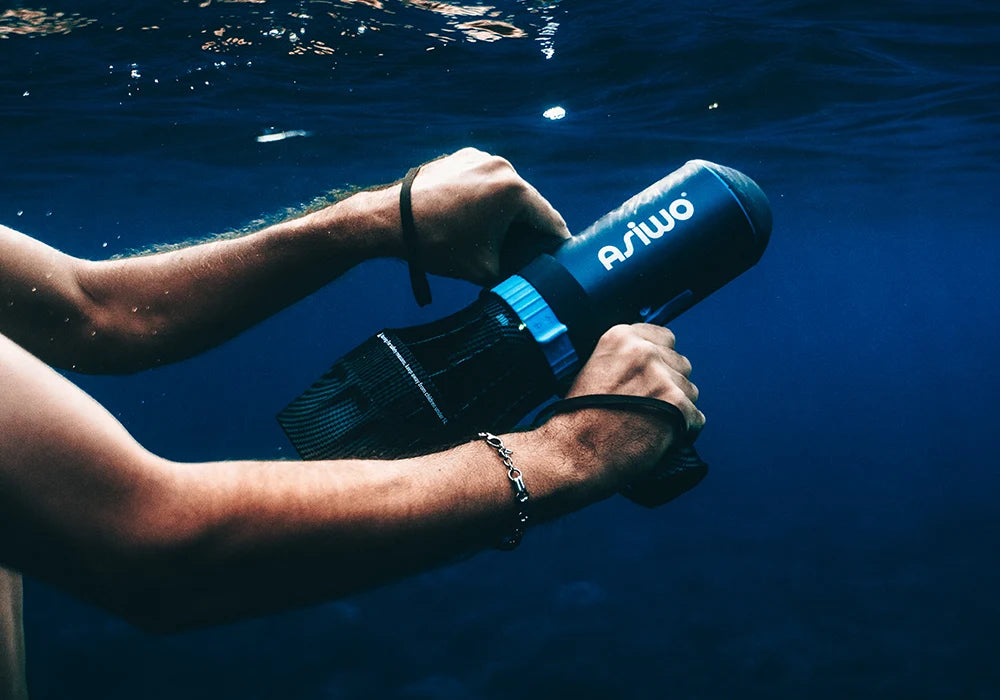




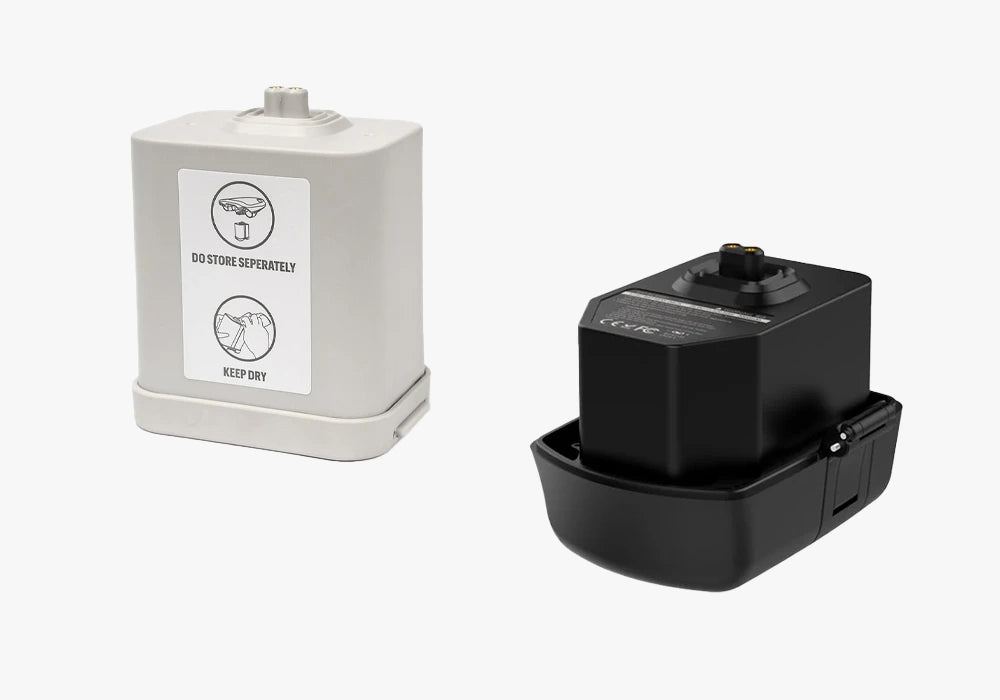




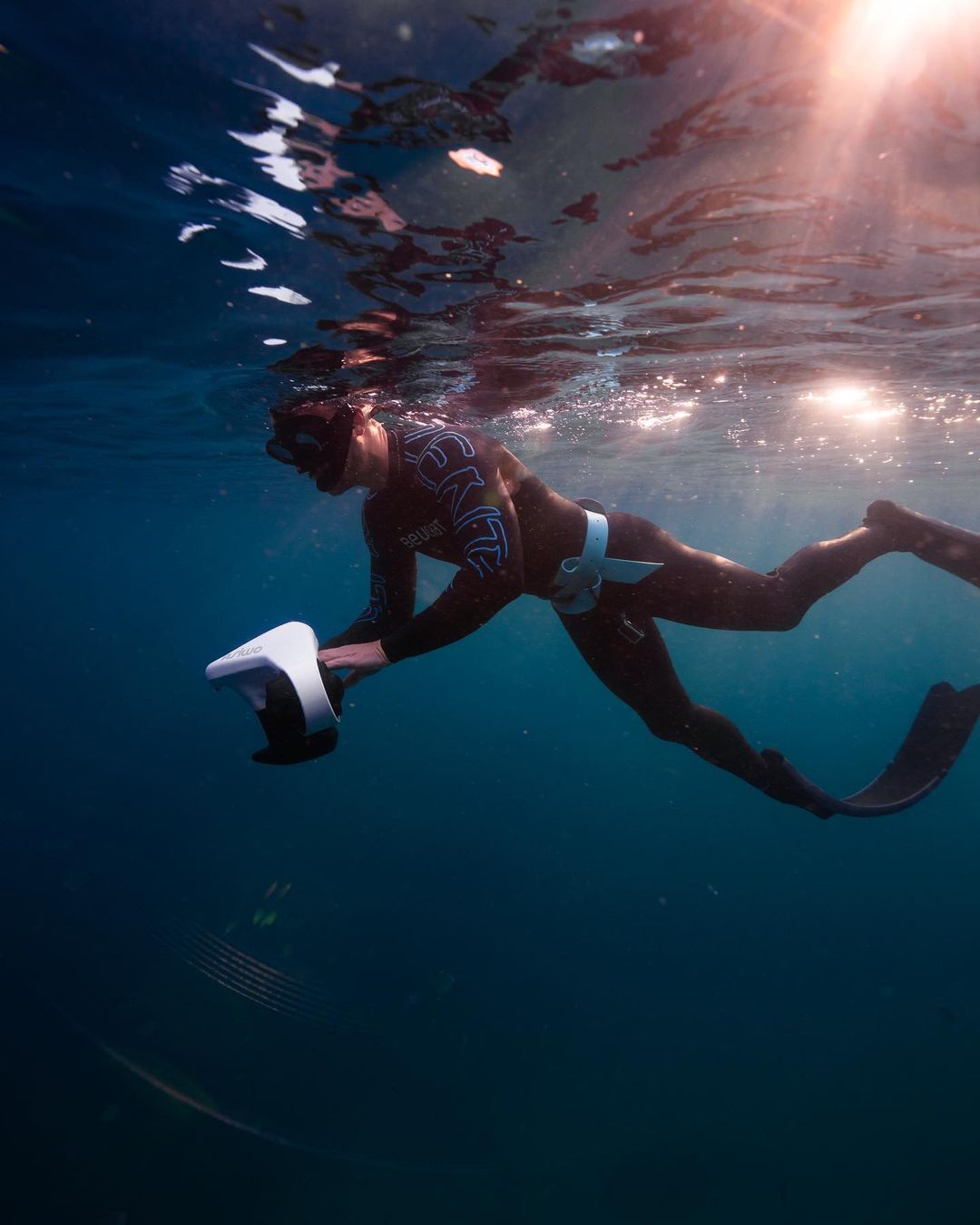
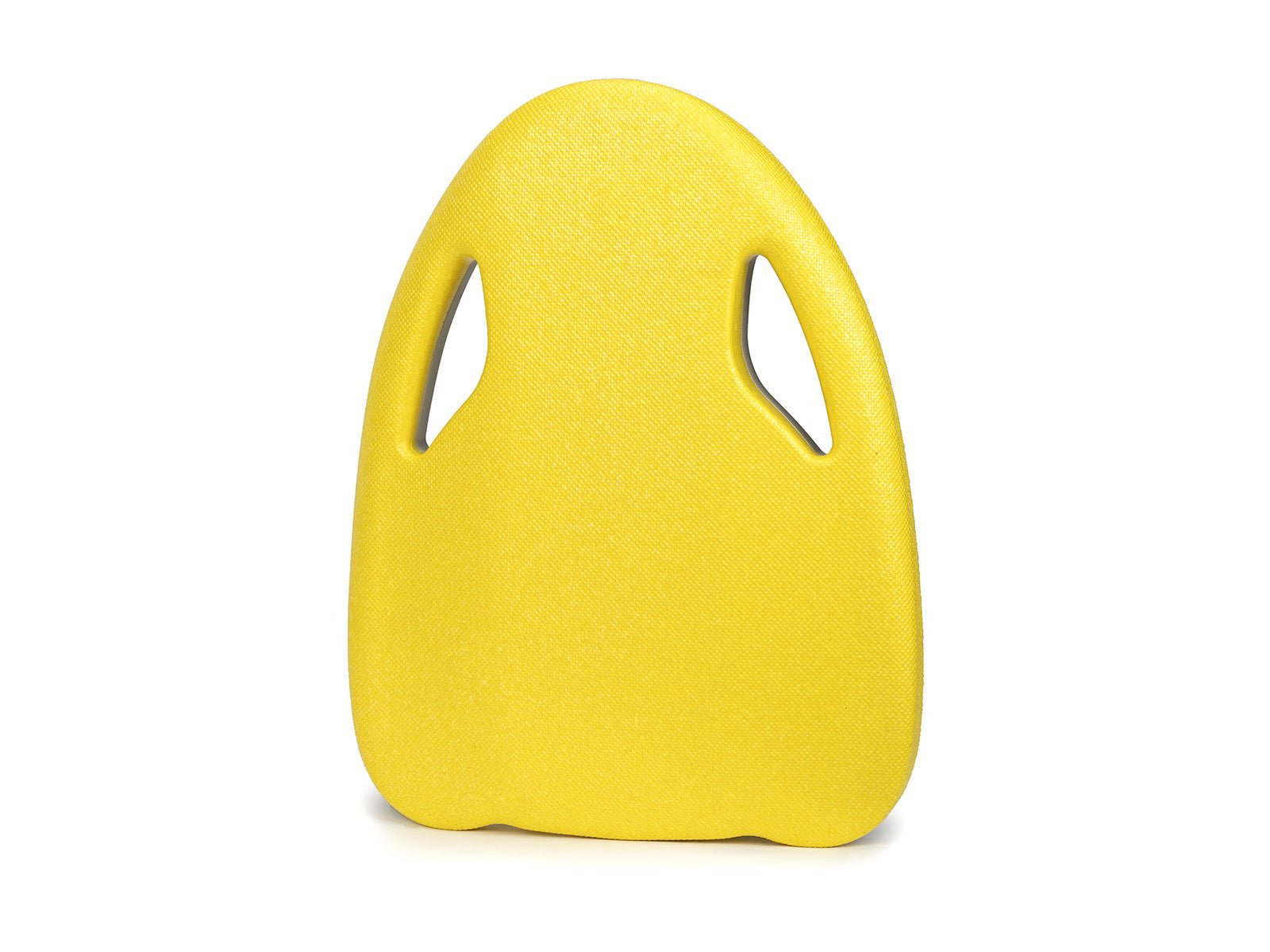
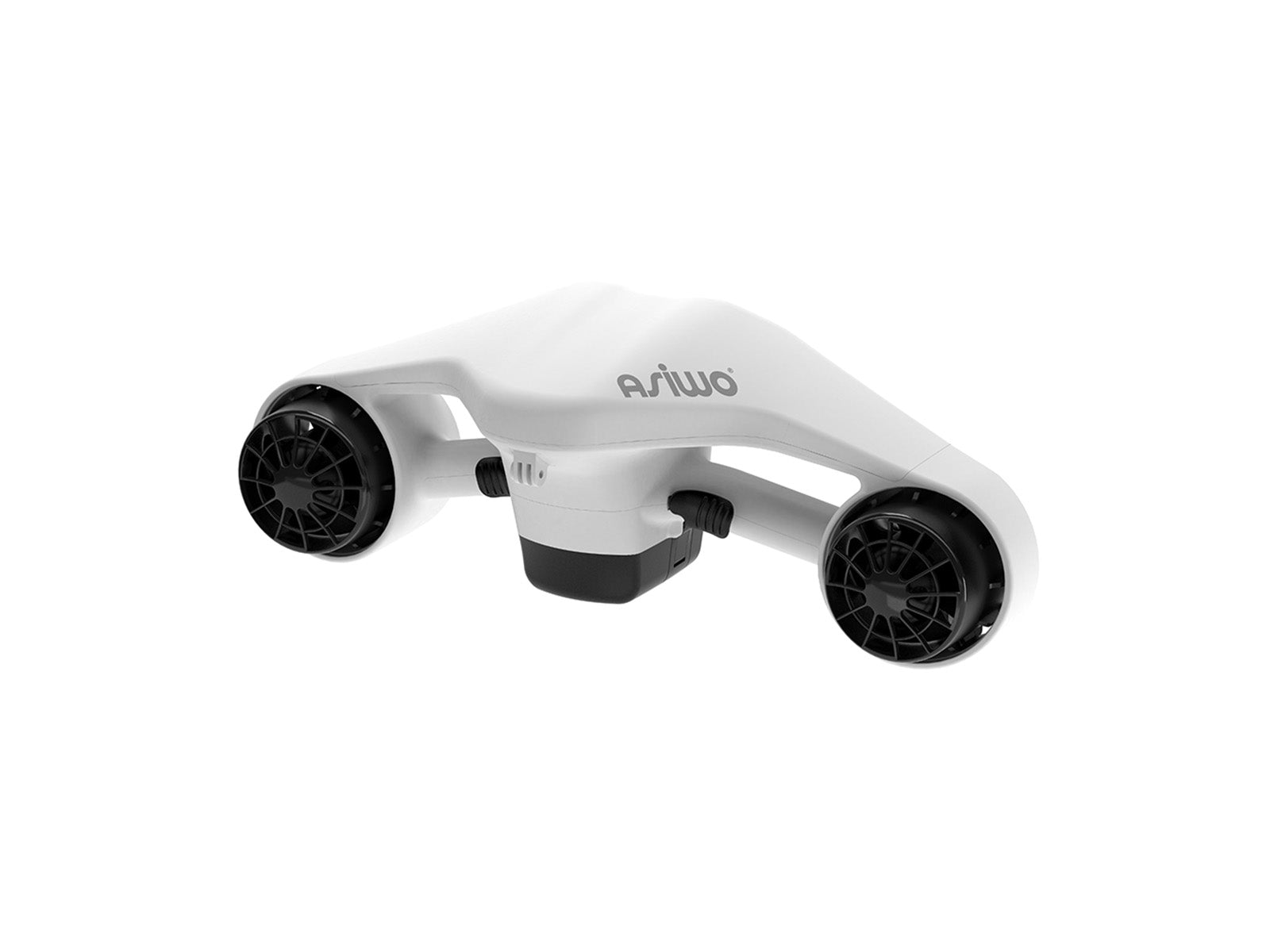
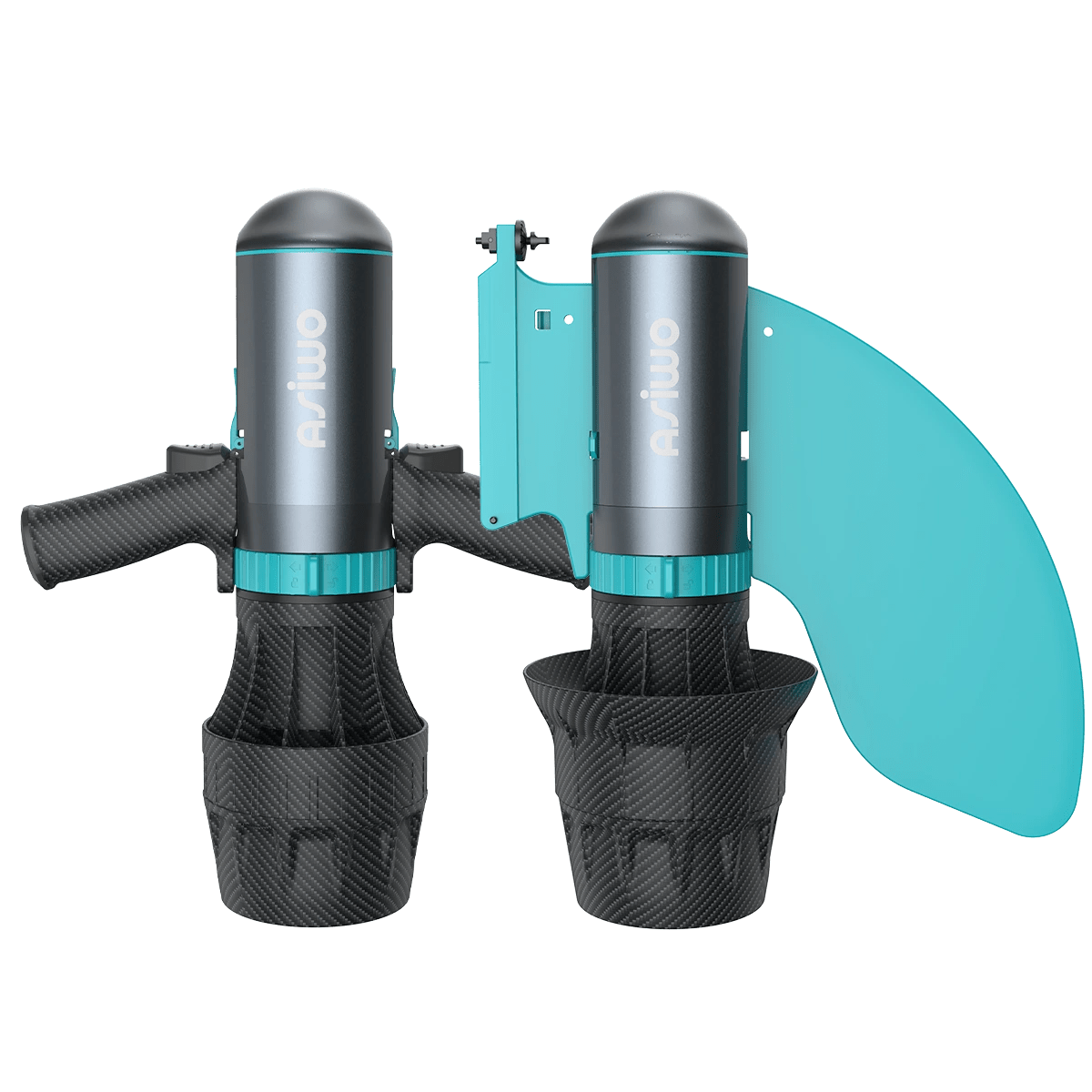




Laissez un commentaire